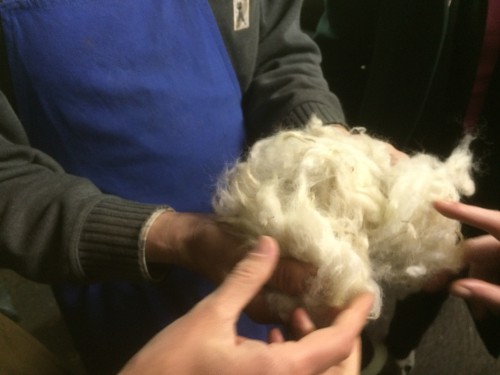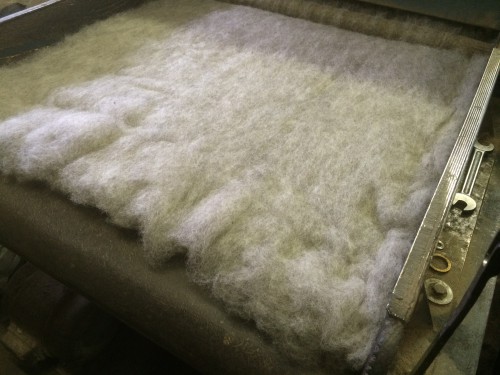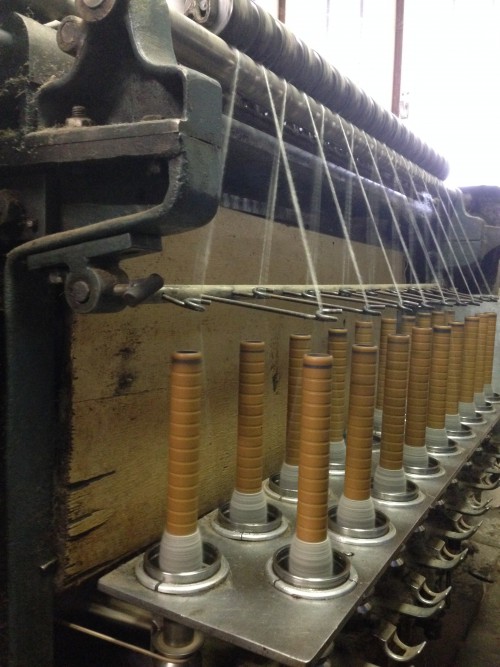Wollwäscher und Spinner
Die Aktivität von Franz Haller und seiner Familie, Spinnradl, hat vor 65 Jahren begonnen, als sein Vater nach dem Krieg eine Maschine für die Wollverarbeitung kaufte. Dieselbe wird auch heute noch für die Schaffung von Schafwollprodukten aus Südtiroler verwendet.
In der Werkstatt in St. Leonhard wird die Wolle gewaschen, gesponnen und verarbeitet. Jedes Schaf wirft 1,5 bis 2 Kilogramm Wolle ab. Diese wird beim Spinnradl gewaschen und an der Luft getrocknet, ohne Zusatz von Lösemitteln oder Chemikalien, da diese das wärmende Lanolin (Wollfett) vernichten würden. Die Wollfäden werden dann mit Stricknadeln zu Sarnern (traditionelle Wolljacken) und verschiedenen anderen Wollbekleidungsstücken verarbeitet.
Zusammen mit Åbäke besuchte BAU das Spinnradl des Franz Haller im Rahmen des Projektes BAU bekommt ein Gewand und wenn dafür Schafe geschoren werden, dann sei dem so.
Wool washer and Spinner
The activity of Franz Haller and his family, Spinnradl, begun 65 years ago, when after the war, his father bought a machine for the transformation of wool, which is the same that he still uses nowadays for the creation of products of sheep wool from the Tyrolean Alps.
In their workshop in St. Leonhard in Partschins the wool is washed, spun and transformed. The wool is washed and dried at open air, without the addition of solvents or chemicals that would destroy its lanolin, the wool fat.The wool threads are then processed with knitting needles for the creation of jackets and various wool clothes.
BAU visits Franz Haller and his company Spinnradl in Val Passiria together with Åbäke in the framework of the project BAU is being dressed up and if it takes the sheep to get naked then so be it.
Lavatore e filatore di lana
L’attività di Franz Haller e della sua famiglia, Spinnradl, è iniziata 65 anni fa, quando appena dopo la guerra suo padre ha comprato una macchina per la trasformazione della lana, la stessa che viene ancora usata nei giorni di oggi per la creazione di prodotti di lana di pecora alto atesina. Nel loro laboratorio, a St. Leonhard in Partschins, la lana appena tosata viene lavata, filata e trasformata. La lana viene lavata e asciugata all’aria, senza l’aggiunta di solventi o prodotti chimici che distruggerebbero la lanolina, il grasso della lana. I fili di lana da loro prodotti vengono poi lavorati con ferri o aghi per la creazione di giacche e abiti vari.
Insieme ad Åbäke BAU visita Franz Haller e la sua dita Spinnradl durante il progetto Diamo un vestito a BAU e se questo richiedesse la tosatura delle pecore, ben venga.





